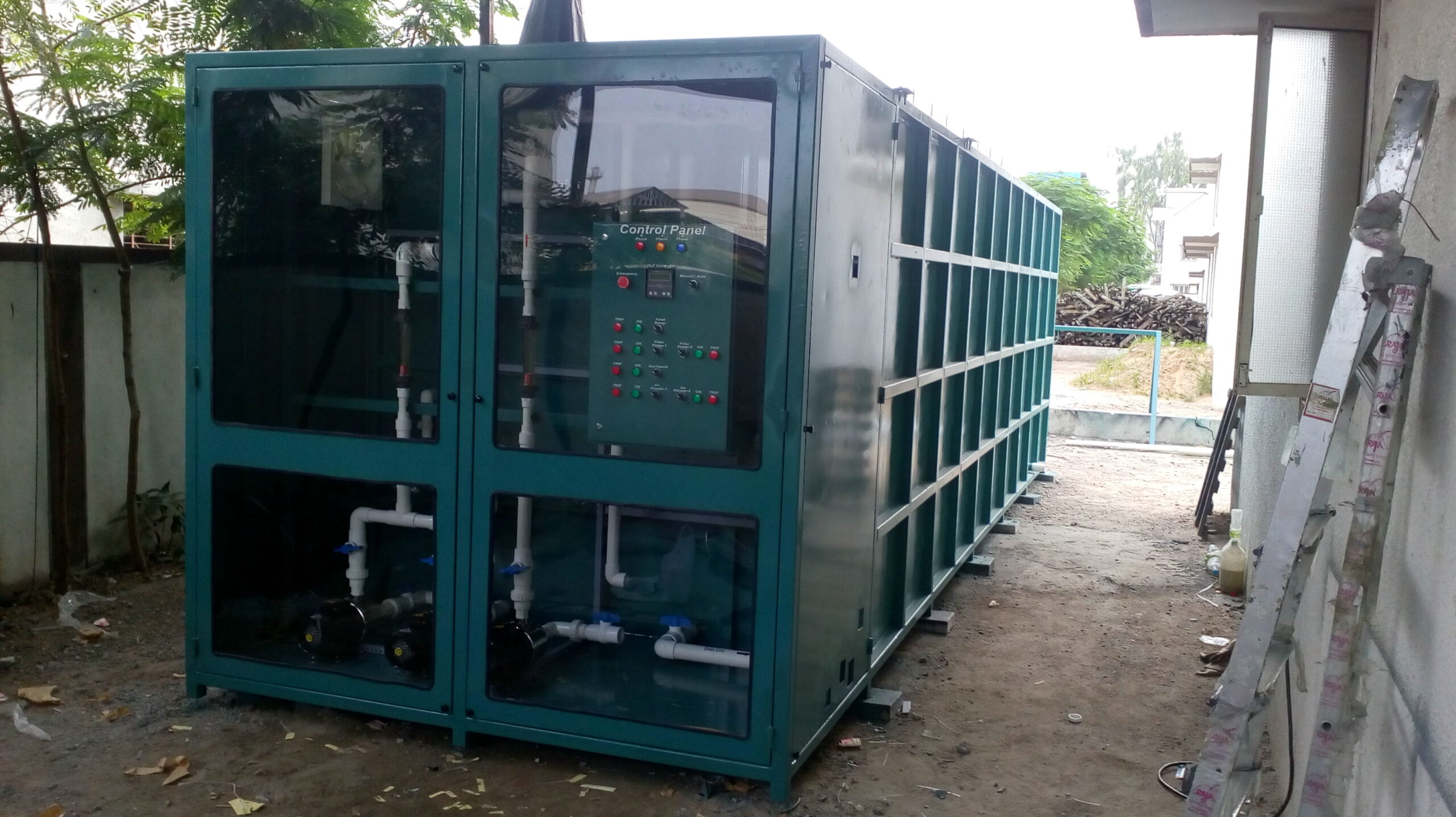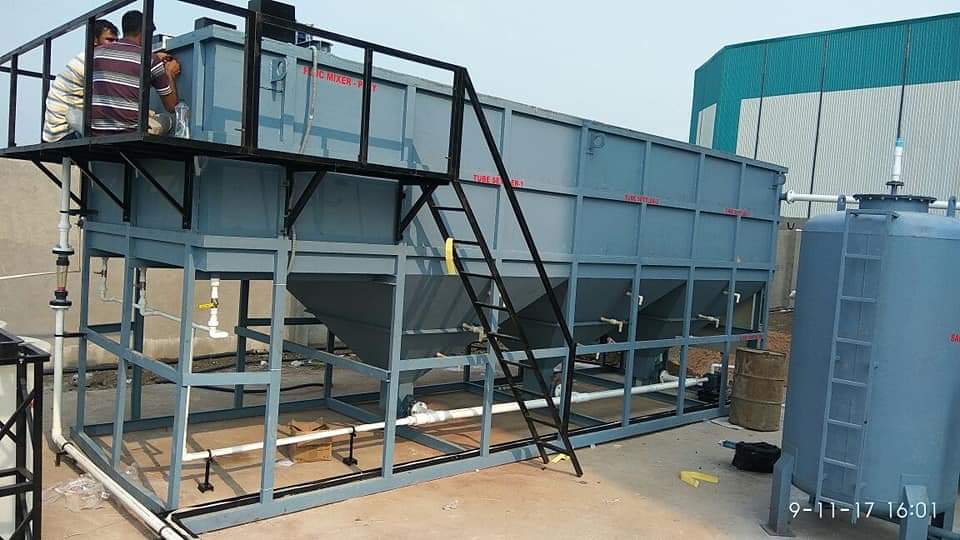MBBR Technology
Benefits of MBBR Technology
- Saving of space due to its compactness
- Easy to maintain
- Good for a high volume of load
- Extension and expanding are easy. This made possible by increasing the filling degree of carriers.
- Lower discharge costs
- MBBR is not affected by toxic shock
- Independent process performance because there is no return line for sludge; the MBBR eliminates the return activated sludge (RAS)
- It has high effectiveness of sludge retention time (SRT) which enhances the nitrification process
- Production of sludge is lower
- It does not need recycling of the sludge-like activated sludge system
- MBBR media is installed to retrofit existing activated sludge tanks in order to increase its capacity
Description
Moving bed biofilm reactor (MBBR) is a biological technology used for wastewater treatment process suitable for municipal and industrial application. Another common name is moving bed film reactor. It was invented in the 1980s. MBBR offer an economical solution for wastewater treatment. STP MBBR technology is the use of a moving bed biofilm reactor in sewage treatment plants.
MBBR wastewater treatment system enables efficient results of the disposal using low energy. The technology is used to separate organic substances, nitrification and denitrification. MBBR design is made of an activated sludge aeration system. The sludge is collected on the plastic carriers which have a large internal surface area. The surface area in the carriers optimizes the contact of water, air, and the bacteria.
MBBR activated sludge is the application of MBBR media to an overloaded treatment plant when upgrading.
MBBR is applicable to the different quality of wastewater treatment. The application is determined by the desired results and regulations controlling discharge. The system can be of more than one stage depending on specific needs. The stages are made of individual tanks separated by screens to ensure that bacteria remain in their specific tank.












